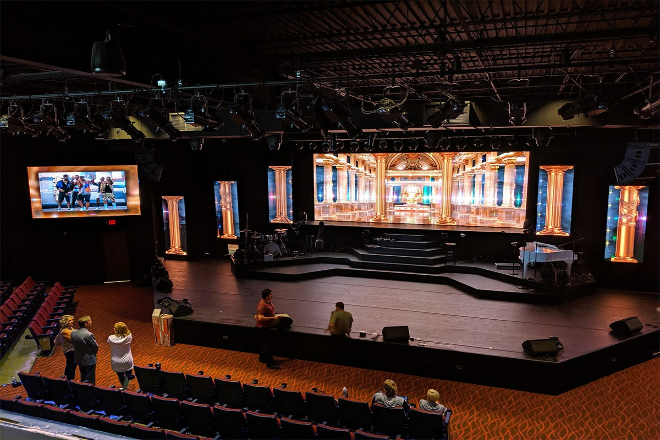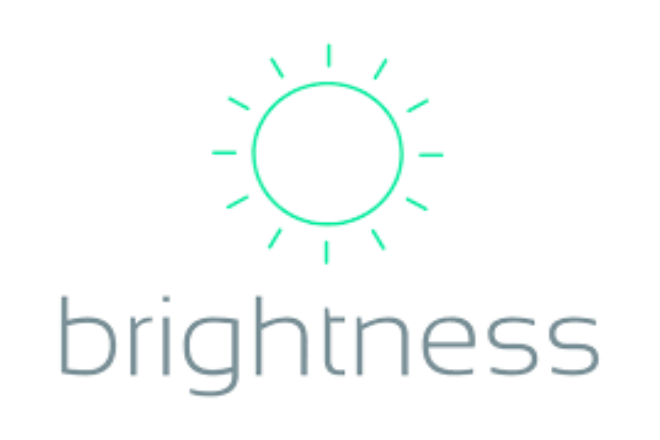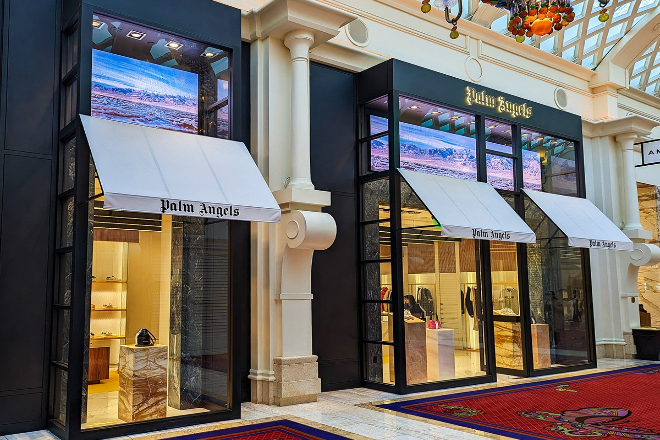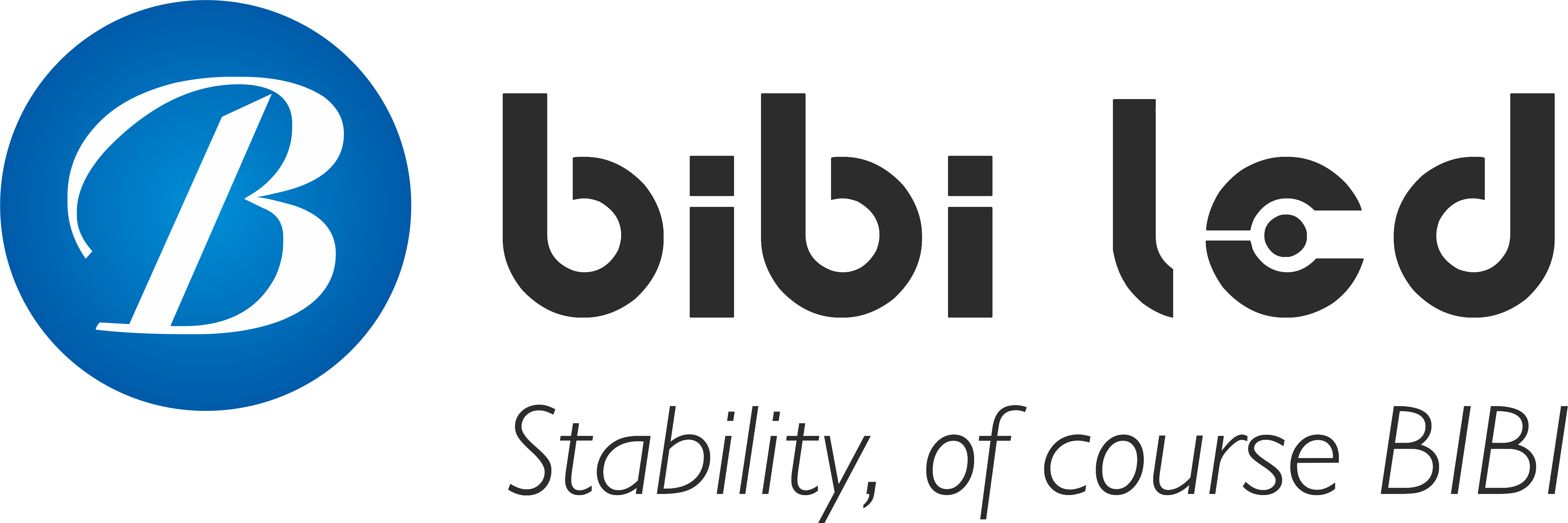序章

情報爆発の時代である今日、 屋外用 LED ディスプレイ have become an important carrier for urban information dissemination.
However, with the continuous improvement of display effects, its brightness is also getting higher and higher, which has brought pressure to urban power supply and environmental protection.
How to achieve low energy consumption while ensuring ultra-high brightness has become an urgent problem that needs to be solved.
1. Analysis of the basic relationship between brightness and energy consumption of outdoor LED displays
1). Definition and measurement standards of LED display brightness
The brightness of an LED display, in simple terms, is how bright the light emitted by the screen is. We usually measure it in Nits, which tells us how bright the screen is per square meter.
The higher the 輝度, the more dazzling the screen looks, and of course, it is easier to see in the sun.
2). The impact of brightness improvement on energy consumption
- Direct energy consumption increase:
Imagine that if you make a small light bulb emit brighter light, do you need to give it more electricity? The same is true for LED displays. If you want to make the screen brighter, you have to pass a larger current through the LED beads inside.
With a larger current, more power is consumed, just like your electricity bill will increase when you turn on the headlights.
For example, a regular indoor LED display may consume 100 watts of power when the brightness is set to a low 200cd/m², and when the brightness is increased to 500cd/m², the power may increase to about 200 watts.
- Increased indirect energy consumption (such as heat dissipation):
Moreover, when the LED screen is lit, it not only emits light, but also generates heat. The higher the brightness, the more heat it generates.
In order to prevent the screen from getting too hot and burning, we have to install heat dissipation equipment on it, such as fans and heat sinks.
These devices also consume power when they are running, just like you use electricity to turn on the air conditioner in summer.
3). The contradiction between ultra-high brightness and low energy consumption and the importance of balance
- Contradiction:
So, we have a problem: if we want a particularly bright screen, we have to consume more electricity; but consuming too much electricity is not environmentally friendly or economical. It’s like you want to have a big meal, but you are afraid of spending too much money.
- The importance of balance:
So what should we do? We have to find a balance. We can make the screen bright enough to see the content clearly, and we can use as little electricity as possible to protect the environment and save money.
It’s like finding a restaurant that is both delicious and inexpensive. In order to achieve this balance, we can find a way to make the LED lamp beads emit light more efficiently or use smart technology to control the brightness of the screen and let it adjust automatically according to needs.
In this way, we can enjoy a high-brightness screen without worrying about high electricity bills.
2. What is the mechanism for achieving the brightness of outdoor LED display screens?

1). Introduction to the principle of LED light emission
LED, which is a light-emitting diode, is actually a small semiconductor device. Simply put, it has a PN junction inside, which is like a switch.
When we add a forward voltage to this “switch,” electrons and holes will collide inside and emit light. Different LED materials can emit different colors of light, such as red light, green light, blue light, etc.
2). Introduction to the display principle of the LED display screen
The LED display screen is composed of many LED lamp beads. Each LED lamp bead is like a small pixel. They are arranged together according to a certain pattern to display various images and texts.
- Color mixing:
Did you know? Red, green, and blue light can be mixed to produce many other colors. Just like when we draw with colored pencils, red plus green is yellow, and red plus blue is purple.
LED display screens also use this principle. By controlling the brightness of the red, green, and blue LED lamp beads, colorful images can be displayed.
- グレースケール:
Grayscale is the brightness of the image. Just like when we look at black and white photos, some places are bright and some places are dark.
This is the difference in grayscale. LED display screens can also display different grayscale levels, making the image look more real and delicate.
3). Detailed introduction to brightness adjustment technology
- Hardware control:
Hardware control is to adjust the brightness of the LED directly through the circuit. Just like we adjust the brightness of the desk lamp, turning the knob can change the brightness of the light. The LED display screen also changes the brightness of the LED by adjusting the current in the circuit.
- Software control:
Software control is more flexible. It is achieved through a technology called PWM (pulse width modulation). PWM is a special way for us to turn the light on and off. It is not a simple on or off, but a quick on and off, then on and off again…
By changing the ratio of on and off time, the average brightness of the light can be controlled. LED display screens also use this principle. By adjusting the PWM parameters through software, the brightness of the LED can be changed.
- Pulse Width Modulation (PWM) Technology:
PWM technology is like a magician. It can make the brightness of the LED adjustable. As we said before, by quickly turning on and off, the average brightness of the LED can be controlled.
If we want the LED to be brighter, let it be on for a longer time; if we want the LED to be darker, let it be off for a longer time. In this way, we can adjust the brightness of the LED according to our needs.
In general, the brightness realization mechanism of outdoor LED display screens relies on the light-emitting principle, display principle and brightness adjustment technology of LED to work together.
Through these technologies, we can make the LED display screen display clear and bright images in various environments.
3. What are the strategies to achieve a balance between ultra-high brightness and low energy consumption?
1). Intelligent lighting technology
Intelligent lighting technology is like a smart light adjuster. It will adjust the brightness of each pixel according to the displayed content. For example, if there is a bright sun in the picture, it will make that part brighter。
If it is a dark night, it will make that part darker. In this way, the picture effect is guaranteed and power is saved.
When playing videos, intelligent lighting technology can make the picture smoother and more realistic, and it will not waste too much power. When displaying static pictures or text, it can also adjust according to the brightness of the content, which can also save power.
With intelligent lighting technology, the energy consumption of LED displays can be reduced significantly, which can save more than 30% of electricity and is quite environmentally friendly.
2). Ambient light sensing and automatic brightness adjustment
The ambient light sensor is like a little detective, always watching the changes in the surrounding light. With it installed, the LED display can automatically adjust the brightness according to the ambient light, which can protect the eyes and save power.
Automatic brightness adjustment technology is to automatically adjust the brightness of the display according to the signal of the ambient light sensor. When the sunlight is strong during the day, it dims a little; when the light is dim at night, it brightens a little, which is very smart.
This technology is particularly suitable for various lighting conditions. Whether it is day or night, it can make the display look comfortable, and it can also save more than 20% of electricity.
3). Selection of efficient and energy-saving LED chips
LED chips are good and bad, and the luminous efficiency is also different. Good chips have high luminous efficiency and use less electricity at the same brightness.
Gallium nitride-based LED chips are a new technology with extremely high luminous efficiency and long life. In the future, this type of chip will definitely become more and more popular, making LED displays brighter and more energy-saving.
Choosing the right LED chip can make the display more energy-saving. Using efficient and energy-saving chips can reduce energy consumption a lot.
4). 電源 design and power supply mode optimization
Application of high-efficiency switching power supply and synchronous rectification technology:
High-efficiency switching power supply and synchronous rectification technology are like energy-saving experts. They can make the power supply work more efficiently and reduce energy waste.
- Necessity and energy-saving effect of separate power supply for red, green, and blue tube cores:
The red, green and blue tube cores in LED display screens require different voltages and currents. Separate power supply is like customizing a suitable diet for them, making them work more smoothly and save more power.
- The potential of power management technology in improving the energy efficiency of LED display screens:
Power management technology is like an intelligent housekeeper, always monitoring and adjusting the output of the power supply so that the LED display screen can work in the most appropriate state and save more power.
5). Reasonable design of ピクセルピッチ と 解決
Pixel pitch and resolution are like a pair of partners. The smaller the pixel pitch and the higher the resolution, the clearer the picture, but the energy consumption will be slightly higher.
The choice of pixel pitch and resolution depends on the situation. For example, for a large billboard seen from a distance, the pixel pitch can be larger, and the resolution does not need to be too high, but for an indoor display screen seen from a close distance, a small pixel pitch and a high resolution must be selected.
Different occasions require different pixel pitches and resolutions. For outdoor billboards, a larger pixel pitch and a moderate resolution are better; for indoor conference displays, a small pixel pitch and a high resolution are selected to make the picture more delicate.
6). Other auxiliary energy-saving technologies
- The importance and implementation methods of thermal management technology:
LED display screens generate heat when working, and heat must be dissipated in time, otherwise it will affect the effect and lifespan, and will also consume electricity. Therefore, heat sinks and fans are used to help dissipate heat.
- The concept and application scenarios of intelligent sleep mode:
Intelligent sleep mode is like a lazy mode. When the display screen has nothing to display, it automatically dims or turns off some lights to save electricity. This mode is particularly suitable for those displays that are turned on for a long time, but the content does not change often, such as outdoor billboards.
- The role of optical design optimization in improving light utilization:
Optical design optimization is like giving LED display screens a pair of good glasses, allowing light to be more accurately shot into the audience’s eyes, improving light utilization, and saving more electricity.
4. Future development trends and challenges

1). 技術開発の動向
1.1). Development direction of LED display screen brightness adjustment technology and energy-saving technology
- Intelligent and adaptive adjustment:
In the future, the brightness adjustment technology of LED display screens will be more intelligent and can automatically adjust the brightness according to factors such as ambient light, audience distance, and display content, achieving the best visual effect while minimizing energy consumption.
For example, by integrating sensors and intelligent algorithms, LED displays can automatically adjust brightness and contrast according to real-time data to ensure clear images and energy saving.
High-efficiency energy-saving technology: With the continuous advancement of semiconductor materials and packaging technology, the luminous efficiency of LED chips themselves will be further improved, thereby reducing energy consumption.
At the same time, peripheral technologies such as power management and driver ICs will continue to be optimized to improve overall energy efficiency.
For example, the use of high-conversion-efficiency power modules and intelligent driver ICs can effectively reduce energy consumption and extend the life of equipment.
2). 直面した課題
2.1). Technical difficulties and cost issues that may be encountered in the process of achieving a balance between ultra-high brightness and low energy consumption
- Technical difficulties:
Although emerging technologies such as micro-LEDs and quantum dot LEDs have great potential, they still face some technical challenges. For example, the mass transfer and repair technology of micro-LEDs is not yet mature, resulting in low production efficiency and yield.
The stability and life of quantum dot materials still need to be further resolved. In addition, in terms of brightness adjustment, how to achieve more precise and intelligent brightness control is also a technical problem.
- コストの問題:
The research and development and application of emerging technologies often require a lot of money and time. For example, the production equipment of micro-LED and quantum dot LED is expensive, and the cost of raw materials is also high, resulting in high product prices. This limits the widespread application of these technologies in the market.
2.2). Strategies and suggestions for challenges
- Strengthen technology research and development:
In response to technical difficulties, it is necessary to increase R&D investment and promote technological innovation. For example, by optimizing production processes and equipment, improving the efficiency of mass transfer and repair of micro-LED, develop new quantum dot materials to improve their stability and lifespan.
At the same time, strengthen interdisciplinary cooperation, integrate and apply technologies from multiple fields such as physics, chemistry, and electronic engineering, and promote breakthroughs in LED display technology.
- Promote the standardization process:
In order to reduce the application threshold and cost of emerging technologies, it is necessary to promote the formulation and implementation of relevant standards.
For example, formulate production standards, test methods and application specifications for micro-LED and quantum dot LED, and promote technical exchanges and cooperation within the industry.
This will help reduce production costs, improve product performance and reliability, and promote the widespread application of emerging technologies.
結論
This article deeply explores the challenges and opportunities faced by outdoor LED displays in achieving a balance between ultra-high brightness and low energy consumption.
By introducing the brightness realization mechanism and balance strategy, we provide a theoretical basis and practical path for solving this problem.
Practical application cases demonstrate the effectiveness of these strategies, which not only improve the display effect but also reduce operating costs and promote environmental protection and sustainable development.
最後に、LEDディスプレイについてもっと知りたい方は、 ご連絡ください。
